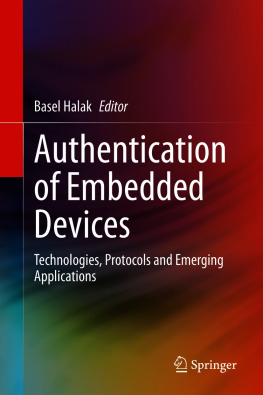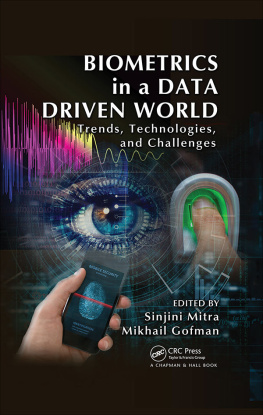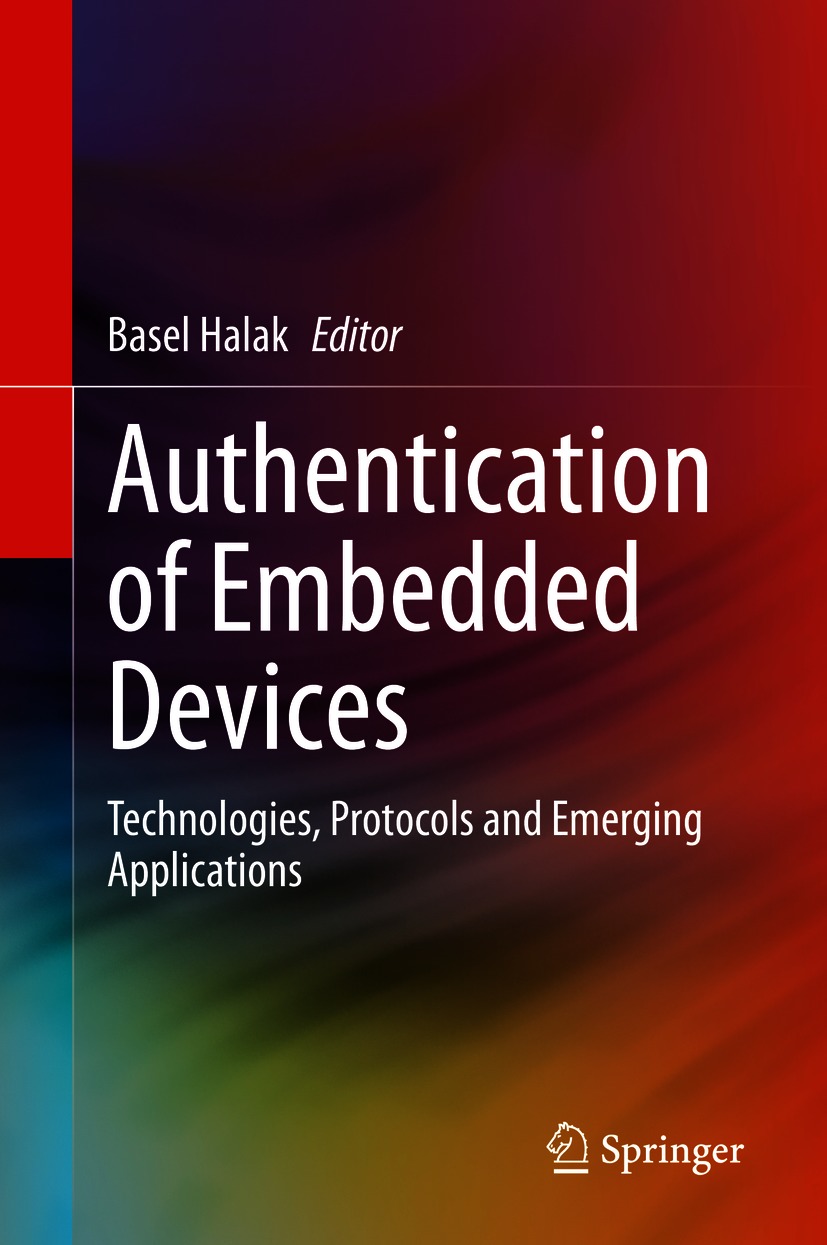Editor
Basel Halak
University of Southampton, Southampton, UK
ISBN 978-3-030-60768-5 e-ISBN 978-3-030-60769-2
https://doi.org/10.1007/978-3-030-60769-2
Springer Nature Switzerland AG 2021
This work is subject to copyright. All rights are reserved by the Publisher, whether the whole or part of the material is concerned, specifically the rights of translation, reprinting, reuse of illustrations, recitation, broadcasting, reproduction on microfilms or in any other physical way, and transmission or information storage and retrieval, electronic adaptation, computer software, or by similar or dissimilar methodology now known or hereafter developed.
The use of general descriptive names, registered names, trademarks, service marks, etc. in this publication does not imply, even in the absence of a specific statement, that such names are exempt from the relevant protective laws and regulations and therefore free for general use.
The publisher, the authors and the editors are safe to assume that the advice and information in this book are believed to be true and accurate at the date of publication. Neither the publisher nor the authors or the editors give a warranty, expressed or implied, with respect to the material contained herein or for any errors or omissions that may have been made. The publisher remains neutral with regard to jurisdictional claims in published maps and institutional affiliations.
This Springer imprint is published by the registered company Springer Nature Switzerland AG
The registered company address is: Gewerbestrasse 11, 6330 Cham, Switzerland
Preface
Authentication is the process of verifying the identity of a person or a physical object. One of the earliest techniques for authentication dates back to the Babylonian time in 200 BC, wherein fingerprints were used to sign contracts, which are subsequently verified by visual inspection.
Nowadays, authentication has become an integral part of electronic engineering and computer science fields. A trend driven by the proliferation of computing devices in all corners of modern life and the increased reliance on these to access services and resources online. Additionally, there are a rising number of applications that require the verification of the identity of an electronic device, such as tracking goods in manufacturing processes; secure products transfer in the consumer services industry, gaining access to subscribed TV channels, cash withdrawal in banking systems, and boarder control using e-passports.
Each of these applications has a diverse set of security requirements and a different amount of resources, which means existing solutions are no longer sufficient, either because they are too weak or because they are too expensive. This has led to a number of successful large scale cyber-attacks on vulnerable devices such as those extensively used for the internet-of things applications.
Another factor that is driving the development of new authentication schemes the significant levels of outsourcing in the hardware supply chain, which has increased the risk of integrated circuits (IC) counterfeit and intellectual property (IP) piracy. This means that there is an increase in the need to verify the authenticity of the electronic circuity in order to ensure that computing device is not forged or compromised.
The development of secure and efficient authentication schemes is therefore crucial to ensure the continued safe use of digital technology.
The prime objective of this book is to provide a timely and coherent account of the latest advances in the key research areas of authentication technology for semiconductor products. It has been developed as a collaborative effort among two international research groups, each providing an-up-to date summary of their latest findings and highlighting remaining challenges and research opportunities. To facilitate the understanding of the material, each chapter includes background information explaining related terminologies and principles, in addition to a comprehensive list of relevant references. The book is divided into three parts to enhance its readability, namely; fingerprinting technologies, protocols and emerging applications of authentication schemes.
The Contents at Glance
This book explains principles of fingerprinting techniques with a special focus on hardware-based technologies, including physically unclonable functions and IC fingerprinting methods.
Afterwords, the book presents a number of state-of-the-art authentication protocols tailored for internet-of-things devices and energy-constrained systems. The development process of each protocol is discussed in details to allow reproducibility of the work. More specifically, the book explains how the design specifications of each protocol are derived from the system requirement, how to validate security assumptions using Scyther, and how to develop a hardware proof of concept for cost estimation and comparative analysis with existing solutions.
The book also discusses emerging applications for hardware-based authentication schemes, these include counterfeit mitigation techniques for the IC supply chain and anti-spoofing methods for the global positioning (GPS) system. More details on each chapter are provided below.
Part I: Fingerprinting Technologies.
Chapter provides a comprehensive review of the fingerprinting technologies, with special, focus on circuit-based techniques.
Chapter discusses in details the principles of physically unclonable functions (PUF), including design metrics, constructions and main applications.
Part II: Authentication Protocols.
Chapter presents an authentication protocol and a key agreement scheme for the internet of things devices, which is based on the use of PUF technology to provide better physical security and more energy efficiency.
Chapter present a two flight authentication protocol for energy constrained systems, which is based on combining elliptic curve cryptography with the use of a lightweight symmetric cipher.
Part III: Emerging Applications of Hardware-based Authentication.
Chapter presents a hardware-based approach for products authentication and tracking to mitigate the risk of counterfeiting in the IC supply chain. The technique is based on consortium blockchain and smart contract technologies, wherein each device incorporate a PUF that generates its unique digital identity.
Chapter discusses hardware-oriented security applications for the authentication of users, devices, and data, and illustrates how physical properties of computing hardware (e.g. memory, computing units, and clocks) can be used for authentication applications in low power devices and the global positioning system (GPS).













